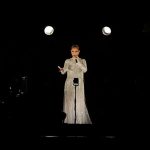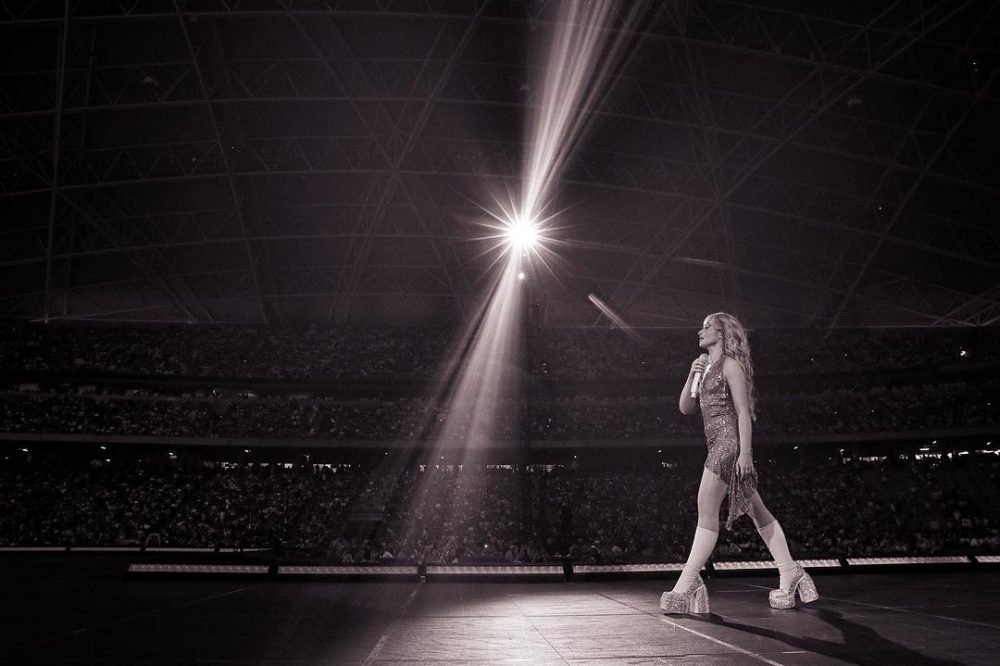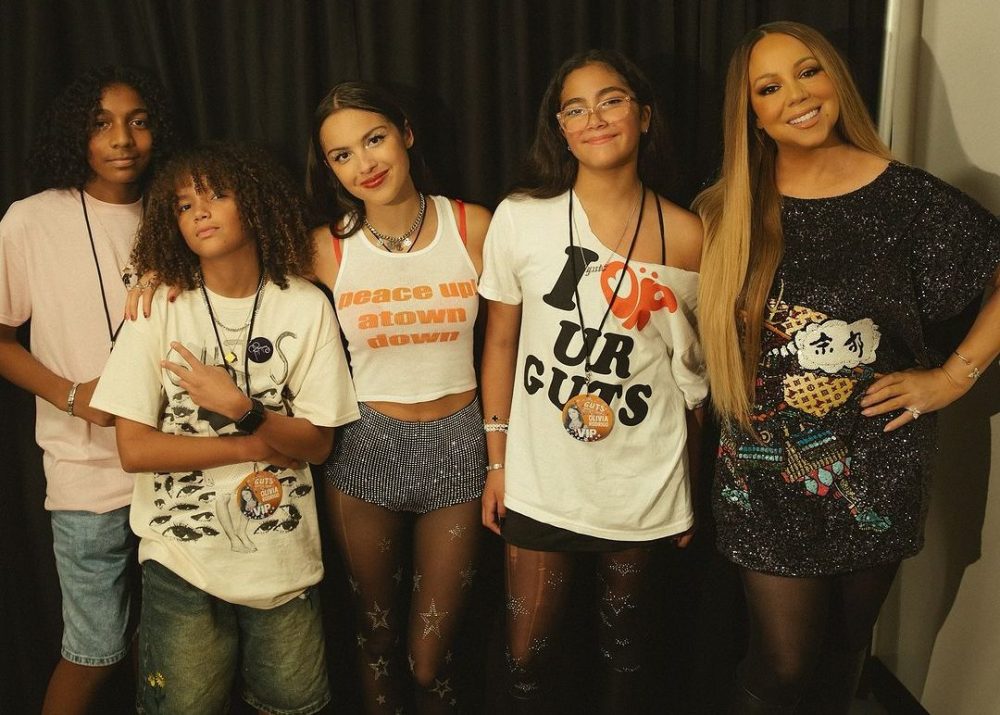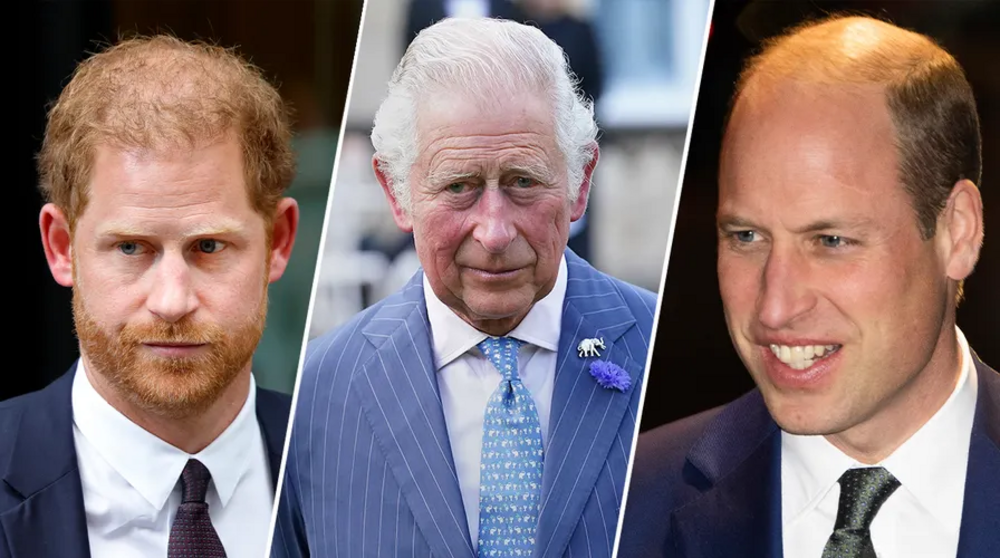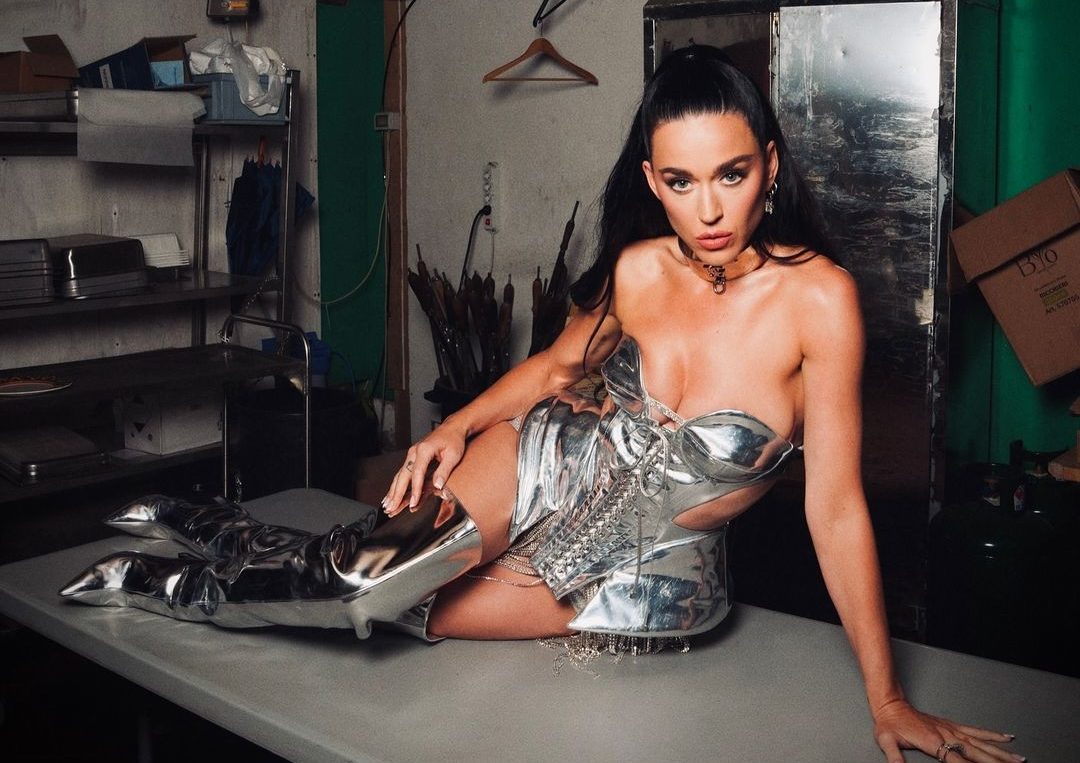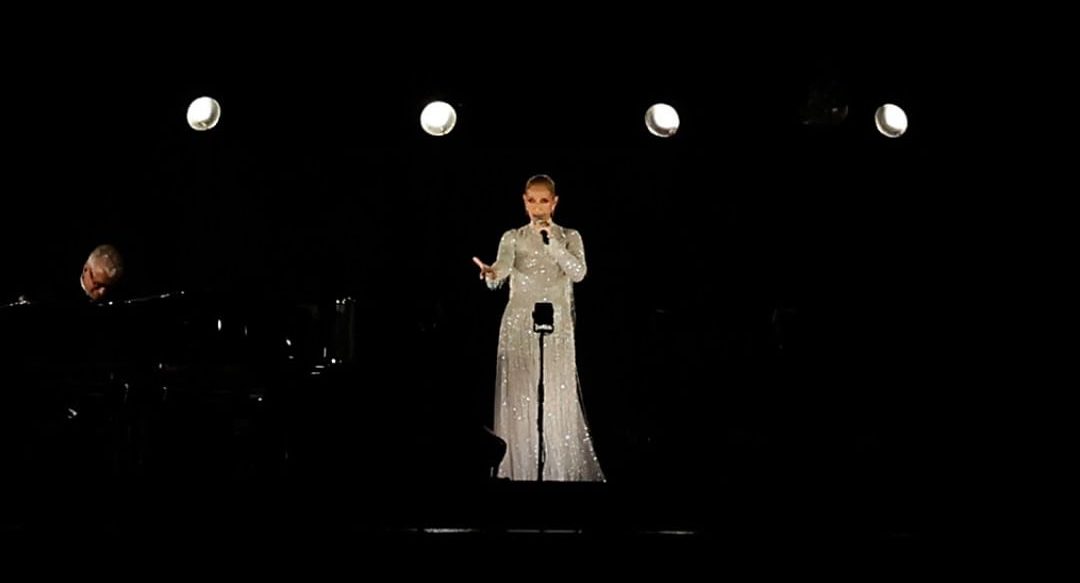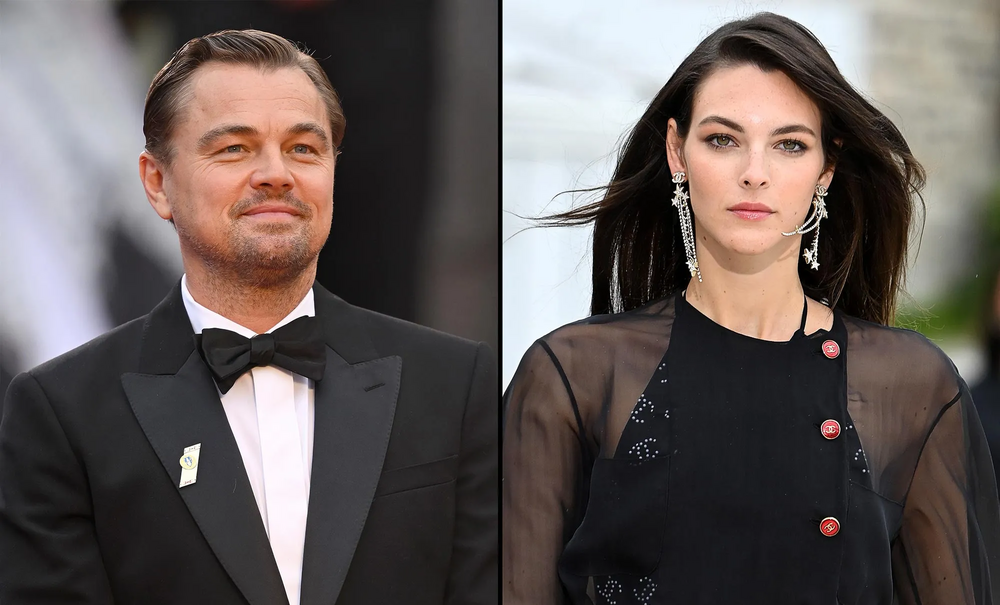
(Photo: Pexels)
Scrolling through social media lately, it's hard to miss the "old money aesthetic" trend. Perfectly groomed women in neutral, preppy outfits, resembling characters from "Gossip Girl" or "Clueless," flaunt their understated elegance. At the start, it seemed like a refreshing shift from flashy trends. However, a closer look reveals a more complex narrative. This trend cleverly fosters the glorification of generational wealth and its associated exclusivity. It reinforces outdated societal norms that endorse a specific type of wealth and appearance.
The Illusion of Effortless Riches
The "old money" look is characterized by high-waisted trousers, linen shirts, tweed skirts, and designer handbags. As a result, it presents an image of effortless riches and sophistication. But it's more than just a fashion statement; it's a reflection of deep-rooted economic disparities. As scholar Nikole Hannah-Jones notes in "The 1619 Project," the foundation of many wealthy families can be traced back to exploitative practices. Specifically, it's are connected to slavery and colonialism. Historical injustices have shaped a landscape where people inherit wealth and privilege. It escalates the inequality situation.

(Photo: Pexels)
Social media influencers promoting this aesthetic often exhibit a homogeneous image: predominantly white, thin, and effortlessly attractive. This uniformity excludes diverse body types and ethnicities while romanticizing a lifestyle founded on financial and racial inequalities. Research shows that wealth in America skews heavily. Specifically, white families are significantly more likely to inherit wealth than Black families. This disparity isn't just a statistic; it reflects a past characterized by institutionalized exclusion and economic exploitation.
Cultural and Social Exclusion
The "old money aesthetic" also brings to mind the social and cultural exclusion associated with elite spaces. Country clubs, yachts, and private estates are the props for these curated images, subtly identifying who belongs in these spaces and who does not. It’s a troubling narrative, especially considering the current economic climate where income inequality is rising. Additionally, most of the young people find home ownership and financial stability increasingly out of reach. The trend seems almost oppressive and celebrates a life of luxury and privilege that most can't access.
Moreover, the aesthetic's emphasis on elegance often carries undertones of classism and racism. Videos comparing "elegant" and "vulgar" styles often frame natural hairstyles, fuller lips, and vibrant clothing as inferior and reinforce destructive stereotypes. These displays are in stark contrast to the supposed progressive values of Gen Z. They reveal a disconnect between the trend and the inclusive society many aspire to create.

(Photo: Pexels)
Examining Broader Implications
Influential voices have also weighed in on this issue. Fashion icon and designer Virgil Abloh once commented on the peripheral nature of such trends. He urged people to look beyond aesthetics and consider the broader societal consequences. Similarly, economist and Nobel laureate Joseph Stiglitz has stressed the dangers of romanticizing wealth.
Specifically, he advocates for understanding the systemic issues that underline it. These perspectives expose the significance of understanding the historical and economic context behind the "old money" excitement.
In a world struggling with economic disparity, environmental crises, and social injustice, the attractiveness of the "old money aesthetic" is understandable as a form of escapism. However, it's critical to recognize and challenge the characteristic messages it perpetuates. By critically examining these trends and their impact, we can attempt to create a more inclusive and equitable society. The responsibility lies with all of us to ensure that our pursuit of style and elegance does not come at the cost of promoting damaging stereotypes and supporting historical inequalities.


